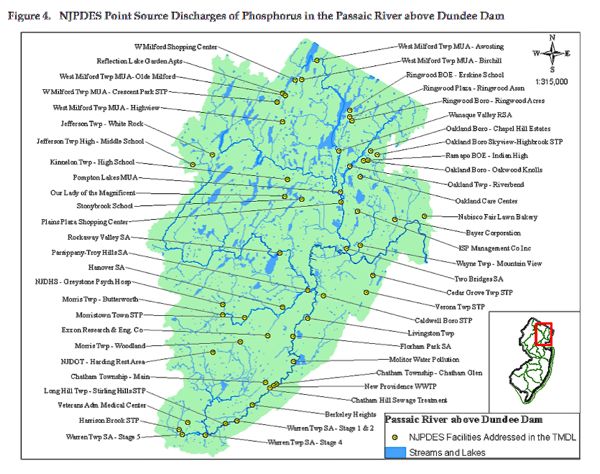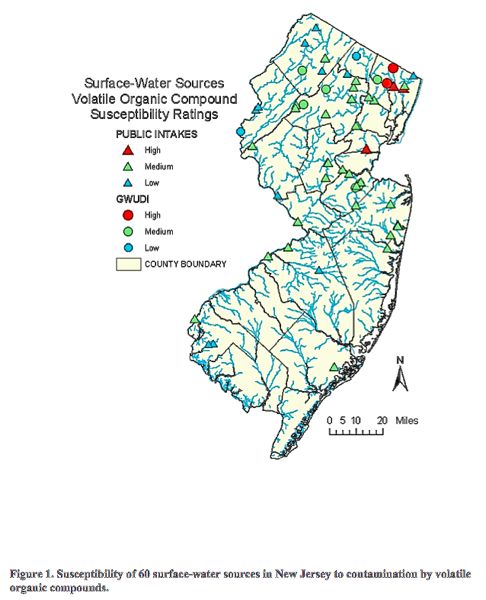This – From the Man Who Would Protect Us From Falling Trees
Is DEP Commissioner Martin Really This Stupid?
“Larry Ragonese, a spokesman for the state’s Department of Environmental Protection, argued that development along the Jersey Shore has been ongoing for decades, even before there was a coastal permitting program. He said it is not the state’s role to dictate how redevelopment should occur.
“People who live along the shore always live with a risk, and they know that. That’s understood,” he said. “We at the state are not going to tell these towns you can or cannot rebuild, but we will work with them to make sure that whatever comes back will be done in as smart or protective a fashion as possible.” ~~~ Huffington Post, 11/12/12
The DEP press office speaks for the Commissioner. So we take their comments seriously.
As you will recall, DEP Commissioner Martin proposed to clearcut a mature riparian forest in Bull’s Island State Park to protect park visitors from falling trees, after a camper was killed there.
On April 17, 2012, the Hunterdon County Democrat reported exactly what Martin thought government had an obligation to do:
Ragonese said that 80% of the trees within the 5-acre assessment area were deemed at “medium” to “high risk,” leading to the DEP’s decision to clear-cut the area and replant native species, including “smaller trees.” Sycamores won’t be in the mix, he said.
He hopes that people view the state’s approach as “responsible action to ensure our safety and responsibly deal with an issue. That’s what government is supposed to do.”
Five months later, after much public criticism, Martin did not budge one inch from protecting public safety from those deadly trees.
That is “what government is supposed to do“. On September 3, 2102, the Philly Inquirer reported:
Ragonese tells me “it’s a matter of the trees being dangerous; the root systems are bad. This incident that occurred brought to our attention an issue we did not know existed. If someone were to walk in the park and get hurt by a tree, I don’t know how we would be able to look them in the eye.” True, two more sycamores have fallen, though in forest area and toward the river. “If we don’t take these trees down now, they’re going to come down and fall,” he says.
Wolfe decries this tactic as fearmongering, the “stealth war on killer trees.”
Poor Larry, he just couldn’t look someone in the eye if DEP failed to protect them.
Yet this incredibly over-protective risk averse policy (to reduce low probability risks) simply does not apply to people who live along the shore (who are subject to high and preventable risks with huge consequences).
Oh no, DEP won’t get in the way of people taking reckless risks (after 33 people have died from Sandy and $20-$30 Billlion in damages were suffered), and allowing them to pass the costs on to federal taxpayers who subsidize the federal flood insurance program and beach replenishment program.
Oh no, protecting the public from storm risks is not the state’s role – those people at the shore know how to look out for themselves:
Larry Ragonese, a spokesman for the state’s Department of Environmental Protection, argued that development along the Jersey Shore has been ongoing for decades, even before there was a coastal permitting program. He said it is not the state’s role to dictate how redevelopment should occur.
“People who live along the shore always live with a risk, and they know that. That’s understood,” he said. “We at the state are not going to tell these towns you can or cannot rebuild, but we will work with them to make sure that whatever comes back will be done in as smart or protective a fashion as possible.”~~~ Huffington Post 11/12/12
Is Bob Martin really that stupid?
Or is it purely ideology?


